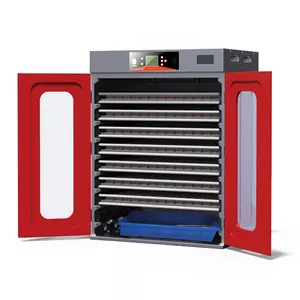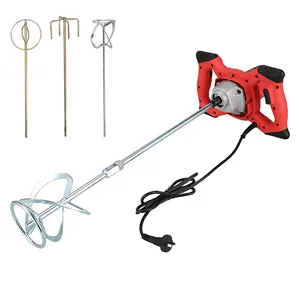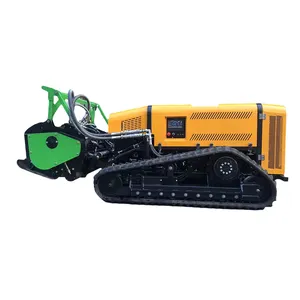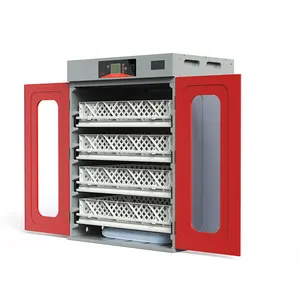Beliebt in Ihrer Branche








































































































































































































































Top-Kategorien
Über kanal u200 c kanal
Durchsuchen Sie ein großes Portfolio kundenorientierter Produkte. kanal u200 c kanal bei Alibaba.com mit den neuesten und besten Funktionen. Die Textilindustrie hat aufgrund der immer weiter fortschreitenden Technologie, dem Grund, einen großen Wettbewerb erlebt. kanal u200 c kanal sind heute so beliebt. Finden Sie High-End. kanal u200 c kanal mit nahtlosen Designs und Formulierungen, die für die Herstellung von Oberbekleidung, Unterwäsche, Freizeitkleidung, Sportbekleidung, Shapewear und vielem mehr geeignet sind.
The. kanal u200 c kanal bei Alibaba.com gibt es in Optionen wie Plotterdruckern, Stoffinspektion, Fixiermaschine, Stickerei, Nähmaschine, Fadenabschneider, Kartonetikettendruckern und Heißsiegelverbindern. Mit der hohen Qualität. kanal u200 c kanal Mit energieeffizienten und schnell wirkenden Motorsystemen können Sie Ihre gewünschte tägliche Leistung effizient und schnell erreichen. Es gibt praktisch alle Arten und Größen von. kanal u200 c kanal, wobei die meisten von ihnen großvolumig, einmalig und in kleinen Auflagen sind.
Finden Sie mehrere. kanal u200 c kanal Optionen, die elektronisch mit hochwirksamen Vorschüben, Messgeräten mit großer Reichweite und unterschiedlichen Körperdurchmessern gesteuert werden. Diese. kanal u200 c kanal sind langlebig und ermöglichen die Herstellung von Kleidungsstücken in verschiedenen Farben unter Verwendung von verschiedenen Leistungsstoffen und kompatiblen Materialien. Das. kanal u200 c kanal sind überlegene und einzigartig gestaltete Lösungen der weltweit meistverkauften Hersteller, um Ihre Produktion zu steigern und Ihre Gewinne zu verbessern.
Durchsuchen Sie Alibaba.com zu erkunden und von der weltweit umfassendsten Liste zu kaufen. kanal u200 c kanal, perfekt für Einzelhändler und Großhändler. Durchsuchen Sie mehrere Produkte, um einen Hinweis darauf zu erhalten, wie viel Ihr geplanter Einkauf Sie kosten wird, damit Sie das Budget richtig festlegen können. Vergleichen Sie Angebote und Rabatte, um die beste Qualität und zuverlässige Produkte in Ihrem Budget zu finden.


































